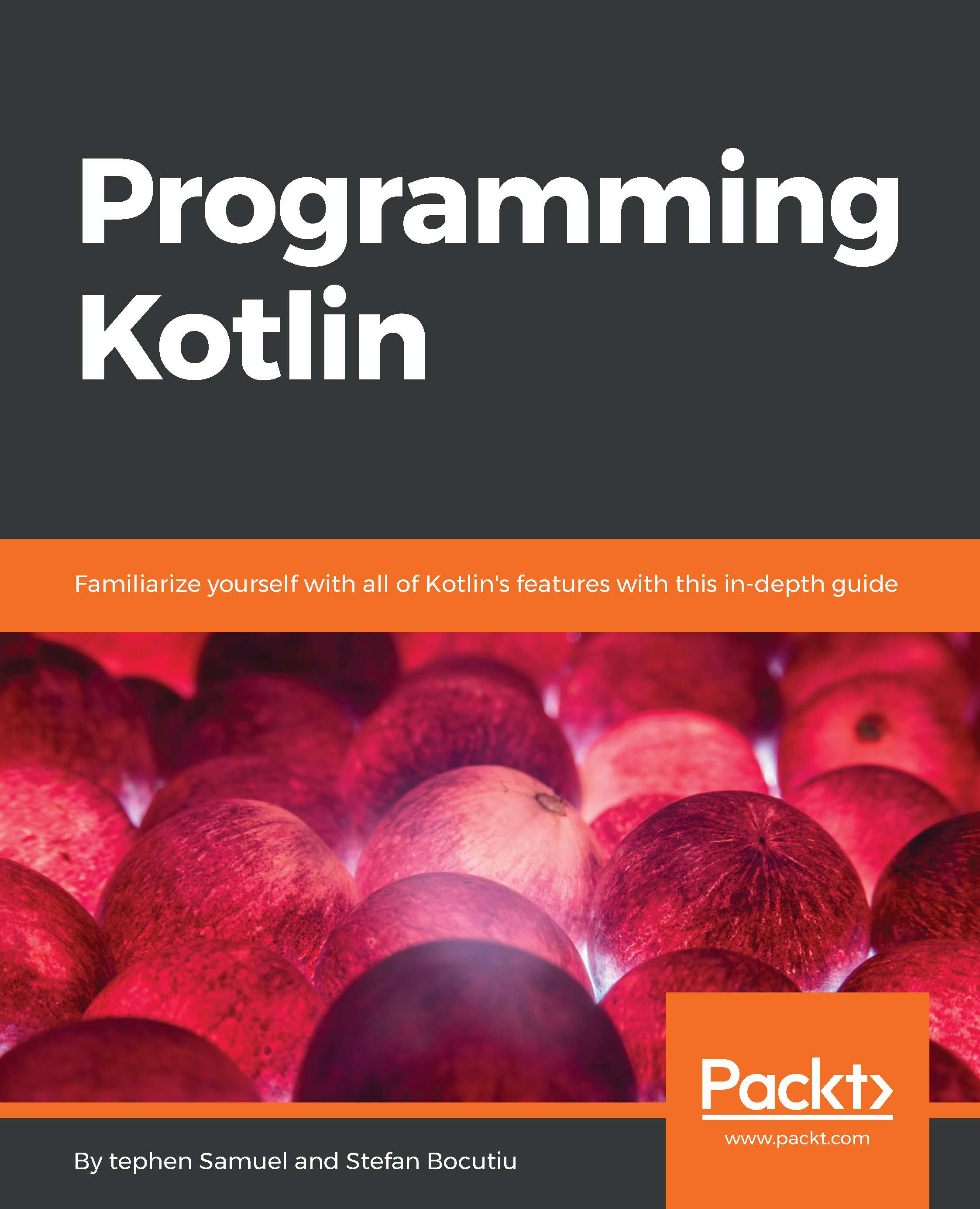Table-driven testing
The idea behind table-driven tests is similar to property-based testing. The difference here is that instead of generators providing random values, the set of input values is manually specified. The way we do this is by declaring a table structure that can be hardcoded into the test or loaded from a file.
The easiest approach is to simply hardcode the table, and this works fine if we have a small range of input values or edge cases we want to test. For example, we may have a function with three Boolean input values and want to test the combinations. The first step is to define the table that contains the combinations we want to test:
val table = table(
headers("a", "b", "c"),
row(true, true, true),
row(true, false, true),
row(true, false, false)
)
Notice that we use the headers and row helper functions. The header is important. It is not used for the input but is used to label the values that will fail...




































































